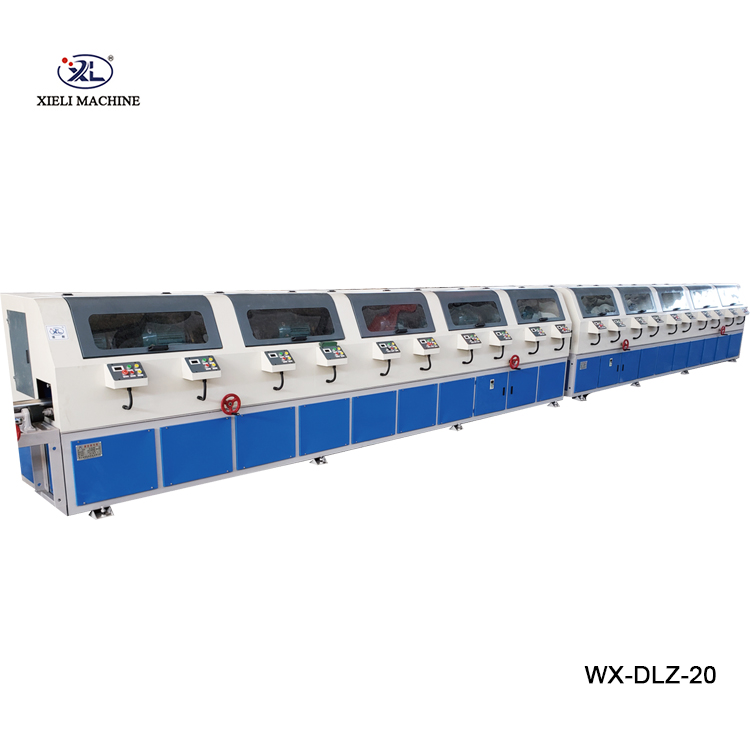The Centerless Grinder A Comprehensive Overview
In the landscape of manufacturing, precision is paramount. Among the variety of machines used to achieve precise dimensions in metallic parts, the centerless grinder stands out as a pivotal tool for certain applications. This article delves into the nuances of centerless grinding, exploring its mechanisms, advantages, limitations, and applications.
Understanding Centerless Grinding
The centerless grinder is a type of cylindrical grinding machine that differs fundamentally from traditional grinding machines. In a conventional grinder, the workpiece is held between centers; however, a centerless grinder does not require this. Instead, it utilizes a unique method of support, where the workpiece is placed between an abrasive wheel and a regulating wheel. This configuration allows the workpiece to be grinded without the need for centering, hence the name “centerless.”
At the heart of a centerless grinding operation are three critical components the grinding wheel, the regulating wheel, and the work rest. The grinding wheel is responsible for removing material from the workpiece, while the regulating wheel controls the speed and position, ensuring precise alignment during the grinding process. The work rest serves as a support for the workpiece, allowing it to be efficiently maneuvered through the grinder.
The Grinding Process
The operation begins with the placement of the workpiece into the machine, where it positions itself between the two wheels. The regulating wheel’s rotation drives the workpiece forward at a controlled speed. As the workpiece advances, it makes contact with the grinding wheel, which grinds away material at a predetermined rate. This process can produce highly accurate dimensions while simultaneously achieving excellent surface finishes.
One notable aspect of centerless grinding is its capability for high-volume production. Because the workpiece is continuously fed through the machine, manufacturers can achieve significant output rates with minimal downtime, making it an ideal choice for mass production environments.
Advantages of Centerless Grinding
centerless grinder

There are several advantages that centerless grinding offers manufacturers; chief among them is the reduction of setup time. Since the workpiece does not need to be centered, the setup process is streamlined, which can greatly increase productivity. Furthermore, the lack of centers means that longer and heavier workpieces can be ground more easily than in traditional methods.
Additionally, centerless grinders can produce tightly toleranced parts with superior surface finishes, making them pivotal for industries that demand high precision, such as automotive, aerospace, and medical device manufacturing. Moreover, the versatility of centerless grinding allows for various applications, including infeed grinding for short parts and through-feed grinding for long continuous pieces.
Limitations of Centerless Grinding
Despite its advantages, centerless grinding is not without its limitations. One significant disadvantage is that it is generally suited to only cylindrical shapes. Thus, applications requiring non-cylindrical profiles or unusual geometries may require alternate machining solutions. Additionally, while it excels in producing parts with tight tolerances, the variety of components that can be effectively ground is somewhat limited compared to other methods like CNC machining.
Another challenge lies in the setup for different sizes and types of workpieces. While the initial setup is quick, changing for a new workpiece size may necessitate adjustments to the regulating wheel and work rest, which can add time to the process if frequent changes are needed.
Applications of Centerless Grinding
Centerless grinding finds utility in numerous industries. In automotive manufacturing, it’s commonly used for grinding axles, bushings, and other cylindrical components. Aerospace applications often include grinding fuel injectors and hydraulic valve bodies. The medical industry utilizes centerless grinding to produce components for surgical instruments and implants, where precision is critical.
Conclusion
In summary, the centerless grinder is an invaluable machine in the realm of precision manufacturing. By understanding its unique advantages and limitations, companies can effectively integrate this technology into their production lines, optimizing processes to deliver high-quality products. As industries continue to strive for efficiency and accuracy, the role of centerless grinding remains essential in achieving these goals.





